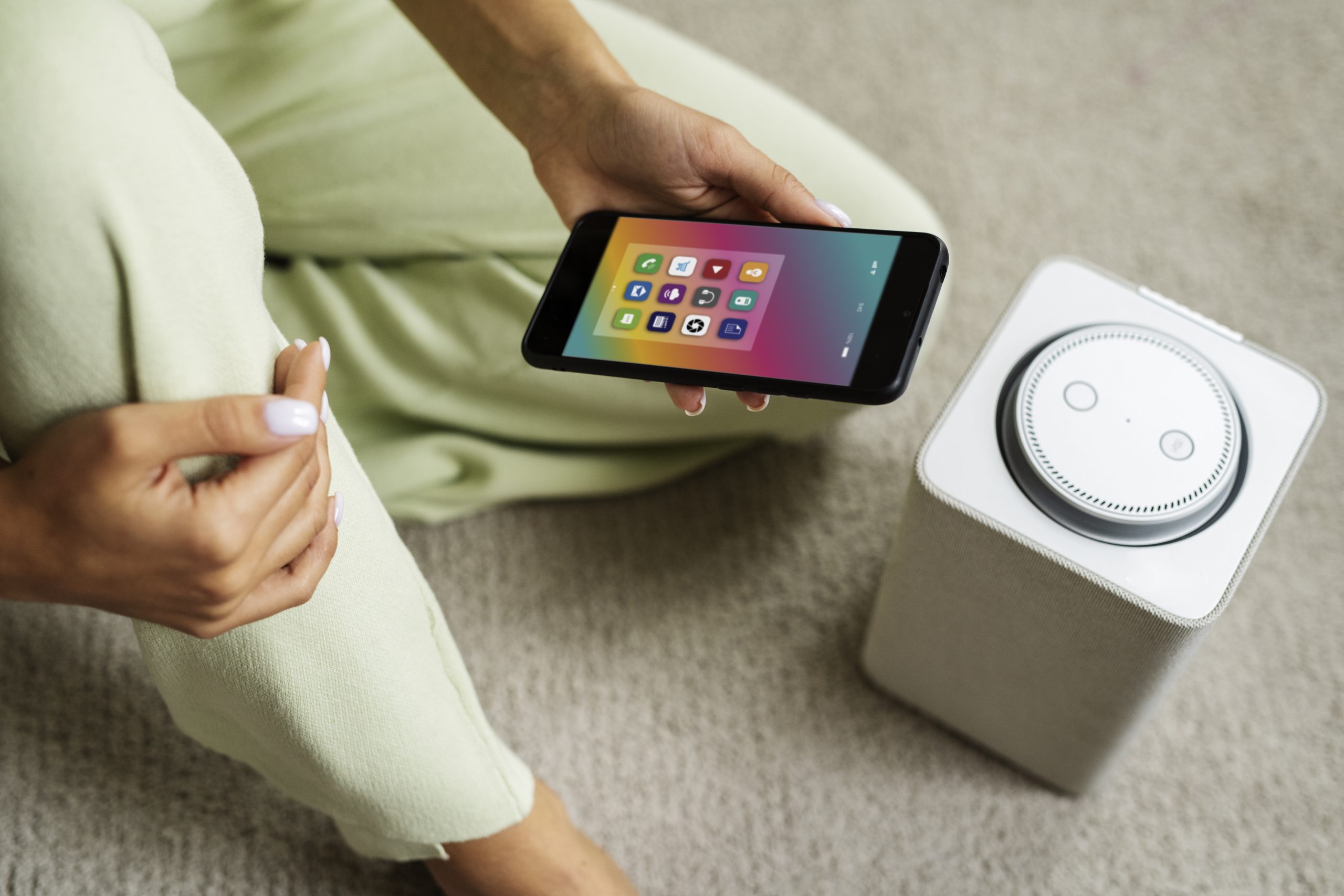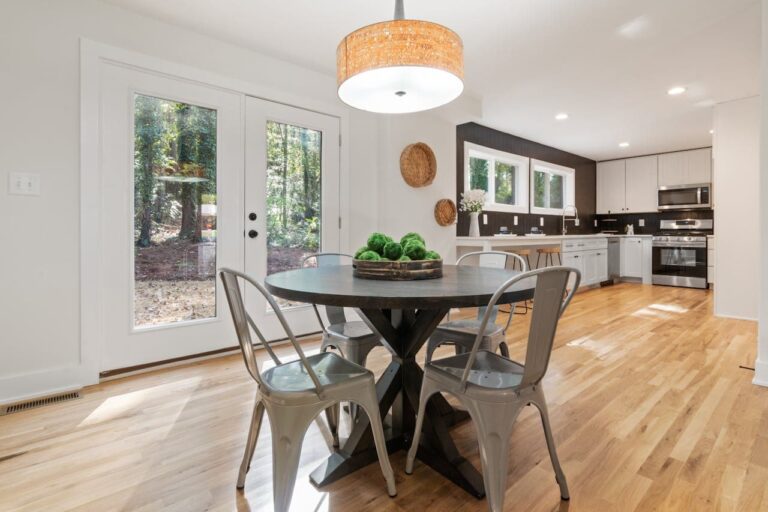If you’ve ever received an email from your energy supplier offering you a smart meter, you’ve purchased a BBQ or kitchen gadget with a remote control app to download on your phone, or you’ve installed an Amazon Alexa device into your living space, then you have already dipped your toe into the world of smart home technology.
Smart technology is designed to make our homes not only more convenient and more comfortable but also more efficient. This efficiency shows itself in a couple of different ways.
When you no longer have to get up to turn on a light but rather can ask Alexa to do it for you, everyday tasks become easier and simpler to perform. On top of that, smart technology also makes it possible to track your usage and understand how much you are spending on different features and fittings in your home.
Ask any homeowner who uses a smart meter, and they will tell you that they are now much more aware of when they put different appliances on, how many lights they leave on at one time, and when the best time for them to run multiple appliances at once is from a financial standpoint.
To cut a long story short, smart home technology considers and often redesigns the way we perform both small and large tasks in our homes. Some technology makes a small and seemingly insignificant task easier to handle, while other technology completely transforms our home life.
With that in mind, what are some examples of smart technology and how can it be integrated and incorporated into your home with ease?
Examples of Smart Technology in the Home
Asking Alexa to switch on a light or play a specific song through your home speaker system is an example of smart technology in the home.
Another example which is becoming increasingly popular is robot vacuum cleaners, which can be controlled via an app, and which move around your home on their own, helping you to maintain a clean floor surface.
Smart home air purifiers are yet another form of smart technology which is rising in demand, as homeowners prioritize the health and well-being of their families. Meanwhile, smart motion sensor lights which turn on when they detect movement and turn off when there is nobody in the room help to keep energy costs down and make your home more efficient.
And then we have elements like smart blinds, dishwashers, and washing machines which can all be activated and switched on or off / opened and closed using automated systems, time-sensitive tools, and remote control functions.
The thing that connects all of these examples of interior smart technology is convenience and efficiency. These tools and integrations replace tasks and routines that you face every day, leaving homeowners free to focus their attention on other things.

Outdoor Smart Technology
In much the same way as indoor smart technology makes home life easier to manage and more convenient to juggle, outdoor technology removes some tasks from your jobs list – and makes your home safer and more enjoyable throughout the year.
Robot lawnmowers are growing in popularity on a commercial scale as well as domestic scale. Smart BBQs and outdoor kitchen appliances that can be controlled via an app and remote system make it possible to enjoy alfresco dining without having to slave over the grill for hours on end.
And then we have smart and motion sensor lighting, which works in much the same way as that mentioned in the previous section for inside technology. Motion sensor lighting outside the home is particularly beneficial around doorways and entrances, keeping you safe as you arrive home in the dark.
How is Smart Technology Evolving?
As smart home technology becomes more sophisticated, one of the most noticeable things is not necessarily a vast development in what is possible, but rather how accessible different smart solutions are for homeowners.
Alexa and Siri are both well-known and recognisable AI tools that help make everyday functions possible at home. But as more companies look to build their own smart home solutions, it is fast becoming apparent just how many companies there are trying to carve out their own name in the AI and smart solutions sector.
This is by no means a market which is saturated. In fact, there is still plenty of room for growth and for the rollout of new solutions to small and overwhelming everyday tasks.
Our prediction for smart home technology is that not only will it become more accessible in terms of cost and availability, but it will also tap into areas of life we haven’t yet considered. AI is a form of robot, though we anticipate the rise of more physical robots to perform everyday tasks – much like the automated robot vacuum cleaners that we mentioned earlier in this article.
In addition to this, it is likely that, regardless of how many different forms of smart technology are created and released, these will continue to be designed to complement existing solutions. Releasing appliances that can be controlled through Alexa or Siri – the AI tools that homeowners are already familiar with – will make the transition towards smart homes more streamlined and simpler. For the companies that are throwing their all into developing new smart solutions, it’s a no-brainer to ensure that these technologies can be controlled through outlets that users are already familiar with and comfortable with.
Feeling inspired?
Bringing smart technology into your home is a matter of personal preference, as you work out which components of your lifestyle could be enhanced and made more efficient with the integration of technology. Here at TN Design & Build, we work with our clients to ascertain the elements of home life that could benefit from smart technology and improve the efficiency and everyday running of their home life.
For personalised advice on which smart technology is right for you and to find a place for it in your home, get in touch with our team today.







